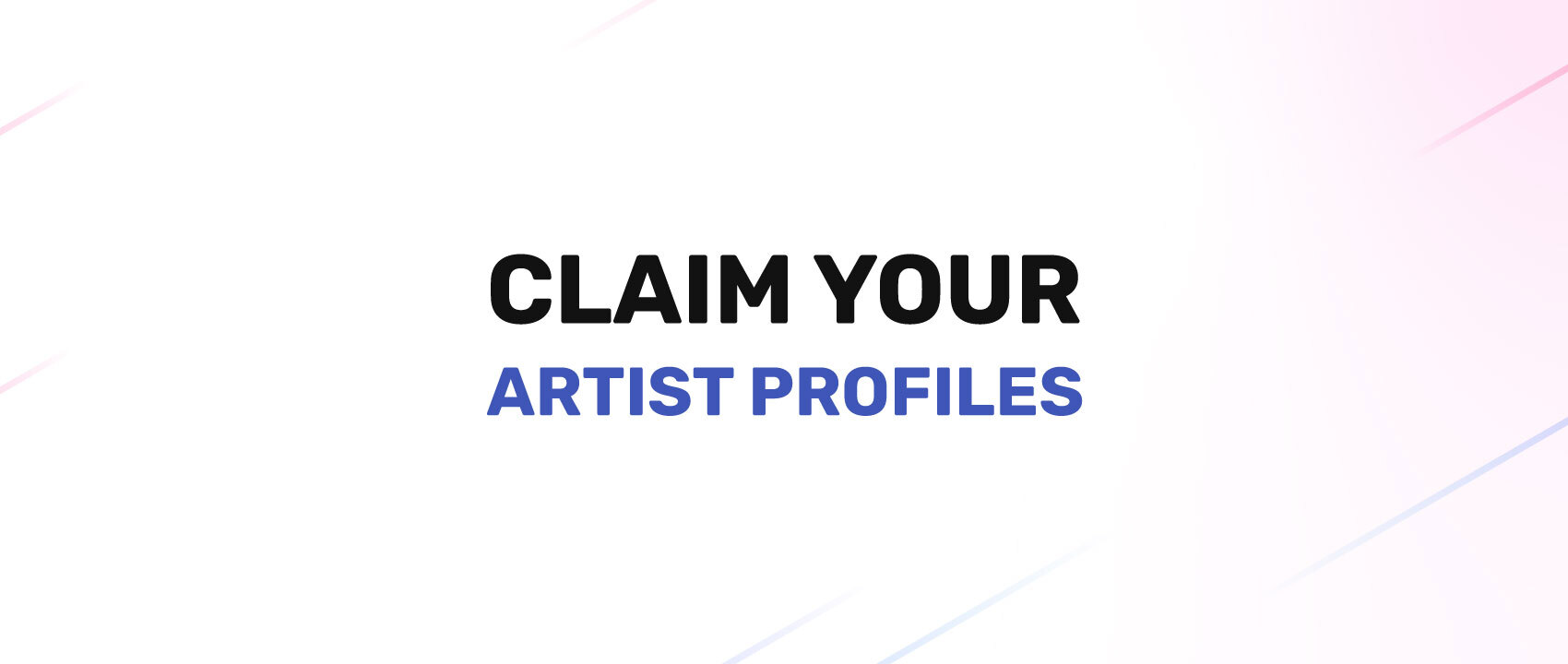

Whether the listener is a subscriber or a free user makes a huge difference. 🟡 Price of the premium subscription in the location 🟡 Number of streams in the location per month Many variables influence the PPS rate and have the power to drastically change the value of a play.

Different artists on the same platform are paid different rates. What Affects Royalty Rates?Īll of the pay-per-stream (PPS) rates mentioned below for each platform are averages because there is no consistent payout rate across streaming services. One of the common examples of payout distribution is 45% going to featured artists, 5% to non-featured ones, and 50% to the rights owners of a song (for example, label). It depends on their deal with streaming platforms – musicians can make from around 45% to 100% of the payout. The percentage of this royalty that goes to artists is not set in stone. The payout to recording owners is issued to all parties involved in the creation and distribution of a song – songwriters, musicians, producers, etc. This type of royalty is a sum of the whole amount of money generated by the above types of royalty.

Usually, it’s about 6% of a streaming service’s total revenue, taken out from the All-In Royalty Pool. Typically these royalties are discussed by a streaming service with a performance rights organization. These royalties are handled by the performance rights organizations (such as the Copyright Royalty Board) that collect fees from parties using the music and then pay artists and publishers. This type of royalty is generated every time a song from a streaming service is played publicly, for instance, in restaurants, supermarkets, and on AM/FM radio. The mechanical royalty rate is 9.1 cents per stream for songs under 5 minutes and 1.75 cents per minute for songs over 5 minutes. As per the Copyright Act, artists are owed a certain amount of money every time their musical compositions are played. This type of royalty is generated when a song is digitally reproduced (when a user clicks/taps the play button). Spotify, the most popular streaming service, pays musicians incredibly little, and it’s been widely criticized over artist compensation since 2006 and to this very day.Ĭonsidering all of the above and how vague most streaming platforms are about royalties, a number of consequential questions arise, like should musicians upload their music to Spotify? Which music streaming service pays artists the most? What factors influence the payout amount? Read further to find out. However, it’s impossible to definitively say whether streaming is all that profitable since it depends on a number of different factors, including the rates set by each individual platform. Spotify, Apple Music, Deezer, Tidal, YouTube Music, and other platforms have become not only convenient music providers for listeners but also sources of income for musicians, along with playing live gigs and selling merchandise. Although some people still buy physical and digital copies of albums by their favorite artists, streaming has become the prevalent way of music consumption. The way we listen to music has changed significantly in the last decade.


 0 kommentar(er)
0 kommentar(er)
